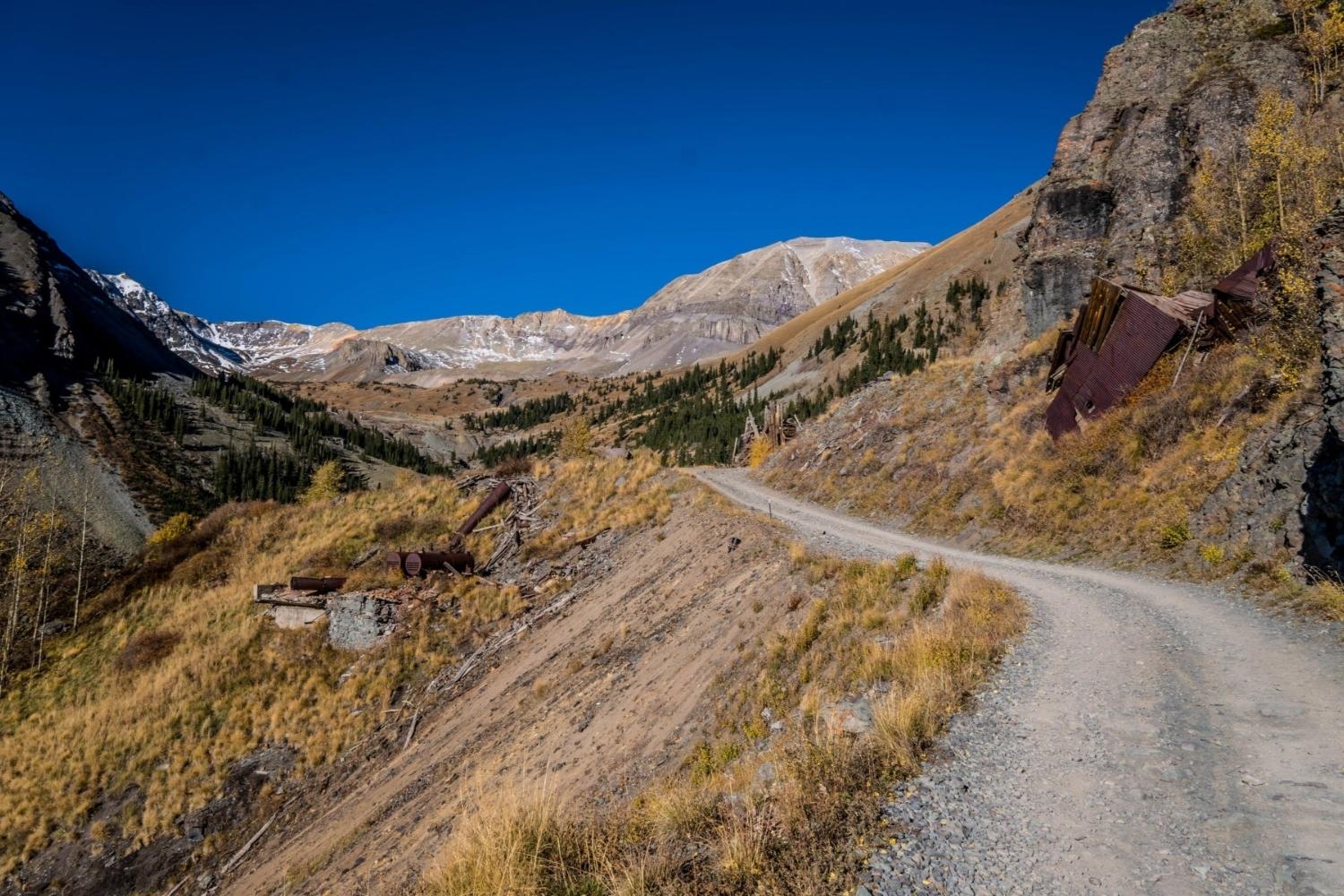Secrets Of Colorado’s Abandoned Mining Towns Alpine Loop

Have you ever wondered what it would be like to step back in time and explore the abandoned mining towns of Colorado? The Alpine Loop offers a unique chance to do just that. This scenic byway takes you through some of the most stunning landscapes in the state, all while uncovering the rich history of the mining era. Imagine walking through ghost towns like Animas Forks and Capitol City, where the echoes of the past still linger. Whether you're a history buff or an adventure seeker, the Alpine Loop promises an unforgettable experience. Ready to dive into the secrets of Colorado's past? Let's go!
Secrets of Colorado's Abandoned Mining Towns Alpine Loop
Colorado's Alpine Loop is a scenic byway that takes you through some of the most breathtaking landscapes in the Rocky Mountains. Along this loop, you'll find a series of abandoned mining towns that tell the story of Colorado's rich mining history. These ghost towns offer a glimpse into the past, where gold and silver once drew thousands of hopeful miners. Let's take a journey through some of these fascinating spots.
1. Animas Forks
Animas Forks, once a bustling mining town, now stands as a ghostly reminder of the past. Located at an elevation of 11,200 feet, this town was established in 1873. At its peak, it had a post office, general store, and several saloons. Today, you can explore the well-preserved buildings and imagine life during the mining boom.
2. Eureka
Eureka was another thriving mining town during the late 1800s. Situated along the Animas River, it served as a key supply point for nearby mines. The remnants of the old mill and a few scattered buildings are all that remain. The town's history is palpable as you walk through the ruins, feeling the echoes of the past.
3. Capitol City
Capitol City was ambitiously named with hopes of becoming the capital of Colorado. Founded in 1877, it never quite reached its lofty aspirations. However, it did have a hotel, a post office, and several homes. Today, only a few structures remain, but the town's story is still captivating.
4. Mineral Point
Mineral Point is one of the lesser-known ghost towns along the Alpine Loop. Established in the 1870s, it was home to a small but determined group of miners. The town's isolation adds to its mystique, with only a few cabins and mining structures left standing. It's a quiet place to reflect on the hardships faced by early settlers.
5. Howardsville
Howardsville, founded in 1874, was one of the first mining camps in the area. It quickly grew into a bustling town with a school, post office, and several businesses. The town's decline began in the early 1900s, and today, only a few buildings remain. The old schoolhouse is a poignant reminder of the town's once-thriving community.
6. Silverton
Silverton, unlike the other towns on this list, is not entirely abandoned. Founded in 1874, it has managed to survive through tourism and its rich history. The town's well-preserved buildings and vibrant community make it a unique stop along the Alpine Loop. Visitors can explore the historic downtown, visit museums, and even take a ride on the Durango & Silverton Narrow Gauge Railroad.
7. Lake City
Lake City, established in 1874, is another town that has managed to survive. Nestled in a picturesque valley, it offers a blend of history and modern amenities. The town's historic district is filled with well-preserved buildings, and visitors can learn about its mining past at the Hinsdale County Museum. Lake City is a perfect example of a town that has embraced its history while moving forward.
8. Carson
Carson, perched high in the San Juan Mountains, is one of the most remote ghost towns on the Alpine Loop. Founded in the 1880s, it was a small but active mining community. The town's isolation meant that it was abandoned relatively quickly, leaving behind a handful of cabins and mining structures. The rugged beauty of the area makes it a hauntingly beautiful place to visit.
9. Sherman
Sherman, located along the Lake Fork of the Gunnison River, was a bustling town in the late 1800s. It had a hotel, post office, and several businesses catering to miners. The town was abandoned in the early 1900s, and today, only a few buildings remain. The serene setting and the remnants of the town offer a peaceful yet eerie experience.
10. Ironton
Ironton, founded in 1883, was a key transportation hub for the region's mining operations. The town had a railroad depot, several hotels, and numerous businesses. Ironton's decline began in the early 1900s, and it was eventually abandoned. Today, visitors can explore the remaining buildings and imagine the hustle and bustle of its heyday.
Hidden Gems Await
Colorado's abandoned mining towns along the Alpine Loop offer a unique glimpse into the past. Exploring these hidden gems, you’ll find historic buildings, rustic landscapes, and stories of a bygone era. Each town has its own charm, from the eerie silence of Animas Forks to the rugged beauty of Carson. The journey through these towns is not just a trip through history but also an adventure filled with stunning scenery and unexpected discoveries.
Whether you're a history buff, an outdoor enthusiast, or just someone looking for a unique travel experience, the Alpine Loop has something special. Pack your bags, grab a map, and set out to uncover the secrets of Colorado's mining past. Hidden gems await those who venture off the beaten path.

